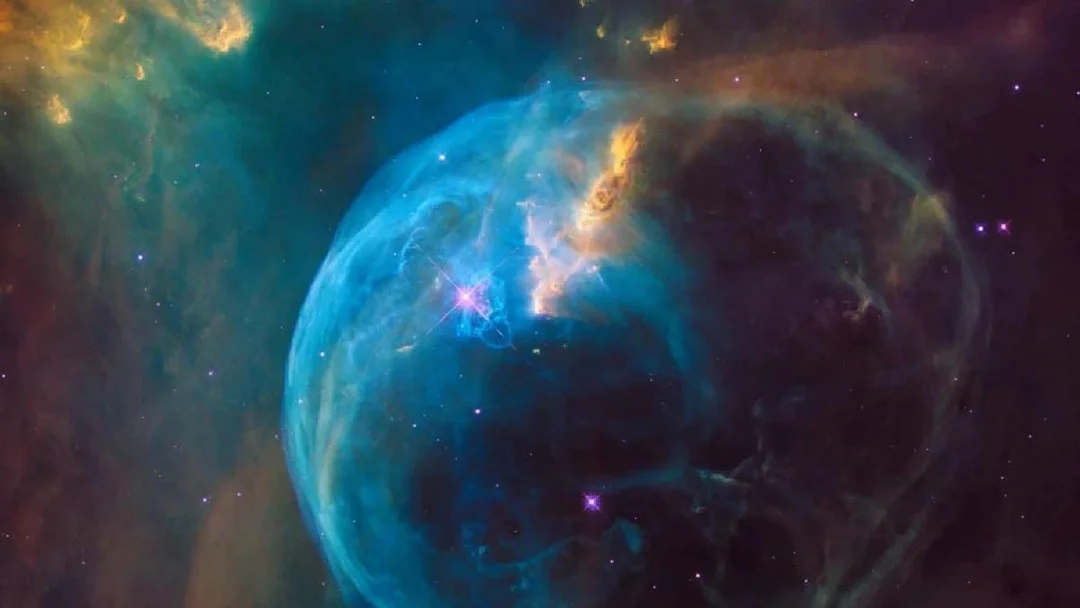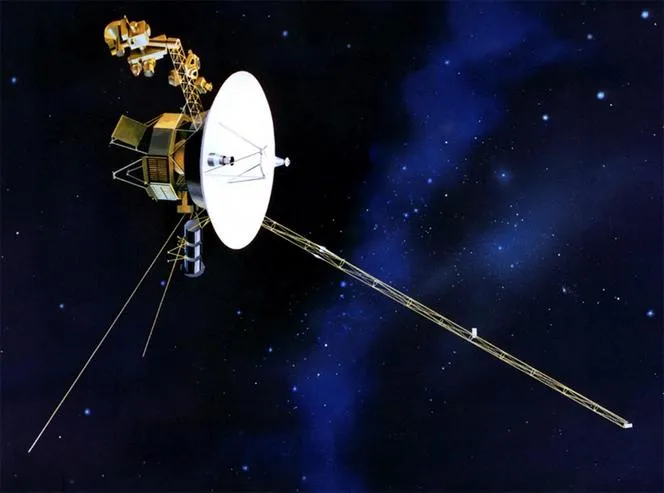
Voyager 1: NASA Revives Deep Space Pioneer After Decades of Inactivity
In a stunning feat of engineering, NASA has successfully revived a crucial thruster on its Voyager 1 spacecraft after 21 years of inactivity. This remarkable achievement extends the mission of the probe, which is currently the farthest human-made object from Earth, located nearly 25 billion kilometers away.
Launched in 1977, Voyager 1, along with its twin Voyager 2, continues to push the boundaries of space exploration. The spacecraft navigates by using the positions of stars and controls its roll using two thrusters: a main and a backup. Over time, residue from propellant began to clog the main thruster, forcing engineers to switch to the backup. However, the backup thruster also began to clog, leaving the mission in a precarious state.

The initial main system failure in 2004 was deemed "probably irreversible," but NASA engineers refused to give up. In another recent challenge for the mission, Voyager 1 went silent in November 2023, sending only incomprehensible signals. A malfunctioning chip had corrupted 3% of the flight system’s memory, making essential code inaccessible.
Despite these setbacks, the NASA team devised a clever solution. They rerouted the corrupted code, slicing it into parts and relocating each section to a different area of the spacecraft’s memory. On April 20, 2024, Voyager 1 successfully implemented the patch, restoring the code and allowing the spacecraft to send back readable engineering data.
"It’s a great day," said Linda Spilker, project scientist for Voyager. The team now plans to restore the remaining affected portions of Voyager 1’s memory, enabling the continued transmission of valuable scientific data from interstellar space. This data is invaluable as it comes from a region we cannot yet reach by any other means.
Voyager 1's journey represents more than just a technical victory. It is a reminder of human ingenuity and the relentless pursuit of knowledge. This mission showcases our ability to build machines that outlast generations and explore the farthest reaches of the cosmos.
What other groundbreaking discoveries await Voyager 1 as it continues its journey through interstellar space? Share your thoughts and predictions in the comments below!